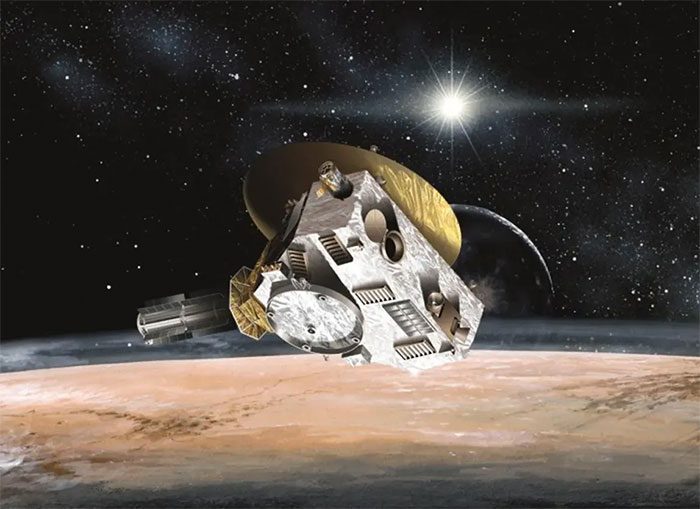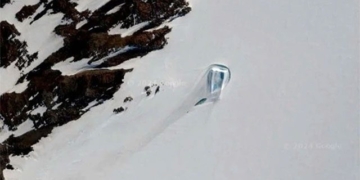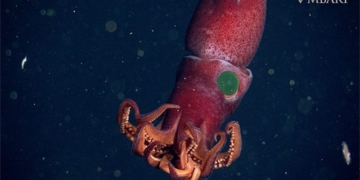The famous New Horizons spacecraft from NASA will continue its mission to explore the less-known region beyond the edge of the Solar System, within the Kuiper Belt.
NASA has decided to extend the New Horizons mission until the spacecraft exits the Kuiper Belt, which is expected to happen as early as the beginning of 2028. Previously, NASA’s spacecraft was scheduled to “retire” at the end of 2024.

Simulation of NASA’s New Horizons spacecraft.
During its journey in the frigid regions of the Solar System, New Horizons will primarily focus on collecting data about solar physics, observing how the Sun interacts with its surrounding environment.
The spacecraft will observe the Sun in low-energy mode while also being tasked with searching for a celestial body in the Kuiper Belt for a potential flyby.
New Horizons was launched on January 18, 2006, and for nearly 15 years has traveled to the outer edge of the Solar System (about 50 times the distance between Earth and the Sun).
From here, NASA’s spacecraft will begin exploring the Kuiper Belt, which consists of icy celestial bodies located beyond the orbit of the eighth planet, Neptune. This region contains remnants from the formation of the Solar System.
Studying this area could allow scientists to piece together the story of Earth’s origins and its planetary neighbors.
To date, humanity has had only a few opportunities to explore the Kuiper Belt, aided by two spacecraft that have reached this region: NASA’s Pioneer 10 in 1983 and subsequently New Horizons, which studied the dwarf planet Pluto in 2015.


















































